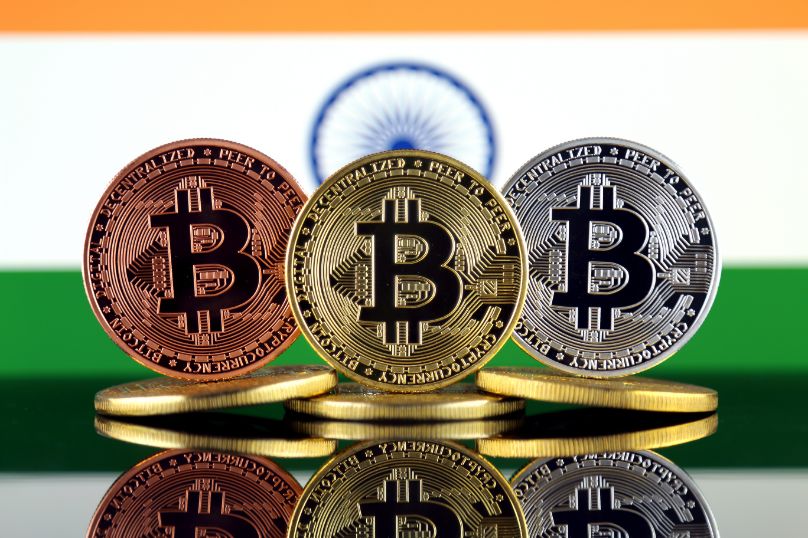Let’s send the cryptocurrency bill on its way…India deserves nothing less
When it was set for launch in 2021, India’s Cryptocurrency Bill was greeted with a wave of popular enthusiasm: carefully structured to provide a fertile environment for a new digital (fiat) currency to be issued by the Reserve Bank of India (“RBI”), the Bill was designed to entrench the Subcontinent’s position as a global hub for Blockchain technologies. But given the RBI had previously spent years, not to mention millions of rupees, trying to delegitimise cryptocurrencies…until the Supreme Court stepped in to put a halt to its plans…this looked a lot like putting the fox in charge of the chickens. And perhaps that’s why the Bill has still to see the light of day…the fox might not, after all, be the best custodian of the chicken coop.
As a result, that initial wave of enthusiasm has started to assume a more enquiring bent.
In response, India’s Minister of State Finance, Shri Pankaj Chaudhary, recently entered the lion’s den to explain the Bill’s two-year delay: “Crypto assets are by definition borderless and require international collaboration to prevent regulatory arbitrage. Therefore, any legislation on the subject can be effective only with significant international collaboration on evaluating the risks and benefits and evolution of common taxonomy and standards.” And to a certain extent, beneath the New Delhi jargon, he was right: it is obviously important that India shouldn’t open up cryptocurrency markets too far ahead of the rest of the world, running the risk that it becomes a refuge for shadier crypto dealers (like Sam Bankman-Fried, now nestling snugly once more in a New York prison). But still, the subcontinent’s economic success over the past decade has been won through leading global trends and challenges…not sheepishly following them.
And quite what the Minister meant by “taxonomy and standards” …well, that’s anyone’s guess. Taxonomy is the science of classification, but how exactly do you classify the unclassifiable? Cryptocurrency and Blockchain technologies are so pervasive, so all-embracing in their potential, that it’s impossible to box them up with any degree of precision. It would be like trying to define music or artistic expression: they mean all things to all men (and women), and assume so many forms and shapes it’s best not to bother.
An Innovator for Pervasive Change
Cryptocurrencies (and we’re not just talking Bitcoin here) are innovative enablers of domestic and international transactions, each executed through a decentralised ledger platform (Blockchain to you and me): helping bring people closer together, with the potential to chop away those commercial intermediaries that so often add little or no value to the transaction (brokers and bankers put people in touch, but what do they add if people are in touch already…little more than extra fees and delay). And that’s the barrier we need now to unlock: releasing reduced costs, greater efficiencies, and a simpler, more effective daily life for us all.
Just think about it for a moment…a significant portion of India’s burgeoning population is still excluded from traditional banking networks, whether because there’s no branch network within easy reach of remote rural communities or because they repeatedly fall under the bank’s radar: by offering secure financial services over the internet, Blockchain has the potential to close that deficit: holding out the promise of resilient progression from the existing, all too clumsy, Unified Payments Interface, and nurturing greater financial inclusion in the process. Imagine what that could mean for the world’s most dynamic demographic (the single biggest population on earth): consumer demand would be strengthened, rural communities would become better engaged, and the Subcontinent’s drive towards economic superpower status could be nudged a significant step closer.
Government services would become more efficient too (enhancing transparency and regional engagement, where the Aadhaar Project (www uidai.gov.in) has already provided a digital lead); optimised healthcare services would also become a practical reality (with improved integrity of patient data and better scope for research innovation); and, last but not least, a properly regulated Blockchain and Cryptocurrency ecosystem would enhance still further India’s growing reputation as a global technology hub.
The admirable Nirmala Sitharaman, India’s Finance Minister, has already proposed a tax on digital assets (www.news.bloombergtax.com/), and taxing an asset is, of course, the first step towards recognising its existence…so let’s dust down that Cryptocurrency Bill and send it on its way…the Subcontinent deserves nothing less.
Executive Overview
India remains coiled and ready to build on its growing reputation as a global technology hub…and the safe passage of the Cryptocurrency Bill is an integral part of the process.
Invest in Red Ribbon Asset Management

Red Ribbon Asset Management (www.redribbon.co) aims to harness the full potential of fast evolving and emerging technologies to meet the needs of global communities as part of a circular economy, fully recognising the compelling demands of planet people and profit.



%20(1).jpg?width=150&height=150&name=view-city-with-apartment-buildings-green-vegetation%20(7)%20(1).jpg)
.jpg?width=150&height=150&name=modern-steel-skyscraper-glossy-reflective-glass-generative-ai%20(1).jpg)
%20(1).jpg)


Leave a Reply